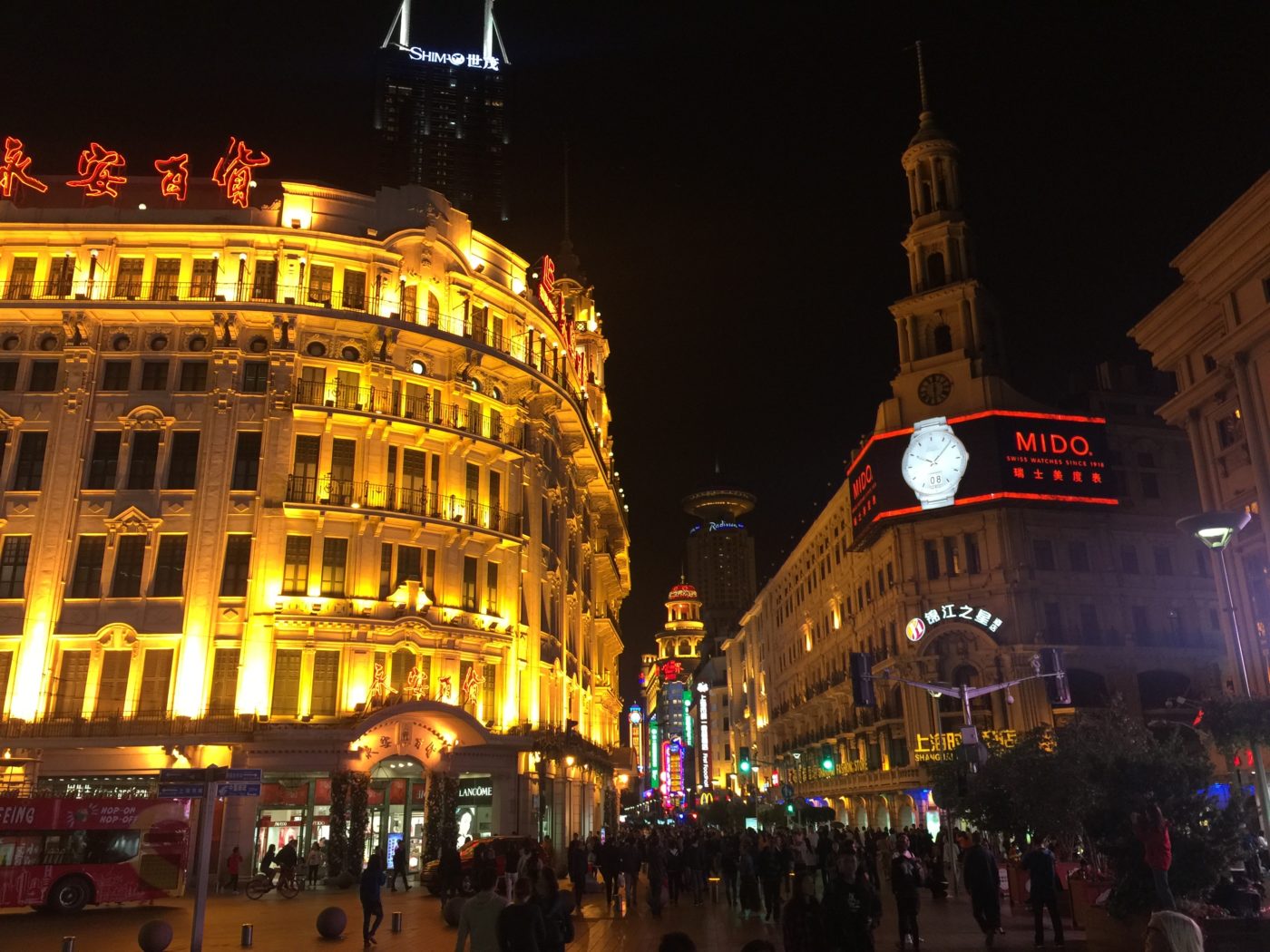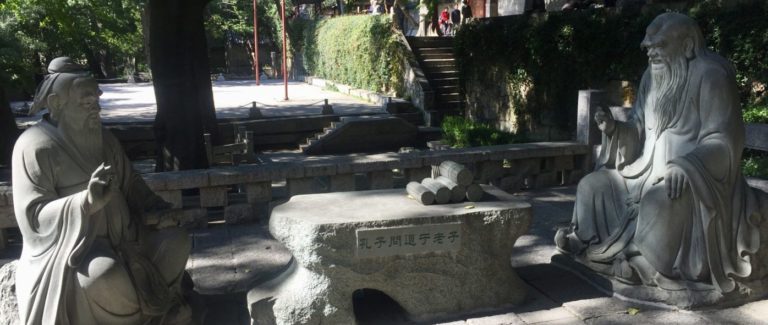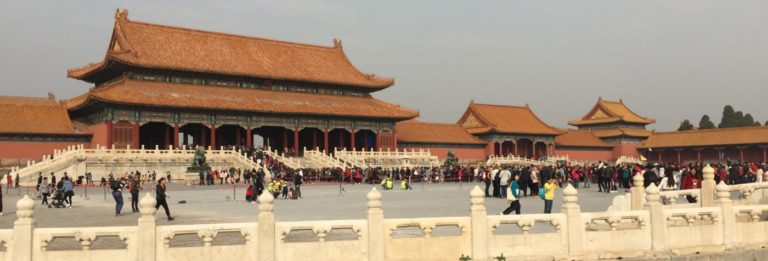
It is quite possible that these are the three most important nations about which Americans know almost nothing. If you were to look around your house or office right now, it is amazing how many possessions you have, large and small, that were manufactured in one of these three countries. Combined, they represent 20% of the world’s economy.
There is hardly a day without headlines involving China. There is an excellent chance you have electronics that were made in Korea. There are certainly a lot of Japanese cars on American roads. The politics, economics, and cultures of these three countries actually have a significant impact on our daily lives. Yet, we learn almost nothing about them in our schools.
Many of our associations with Japan and Korea have to do with fairly recent wars. And, for many older Americans, China means “Red China”, the Cold War communist cousin to the late Soviet empire. For younger Americans, it means “trade war”. So, our starting point for greater familiarity with these nations may not be a happy one. That is probably the best reason for traveling to these destinations. It is essential for the benefit of planetary progress that we each have a better understanding of one another.

Each of these countries has a continuous history ten times longer than that of the United States. For each, there are some huge themes that are important to appreciate.
Due to proximity, their origins and histories are certainly related. However, as ethnic groups, they are very separate people. In fact, all three nations are hugely homogeneous, with the primary ethnicity measuring 92% in China, 97% in Japan, and 99% in South Korea. (In North Korea, it is against the law to marry outside of the Korean race.)
Both China and Korea have been subject to Japanese aggression in the 19th and 20th centuries. So, while they are neighbors, they eye each other warily. The existence of North Korea is an added bonus for the political complexity of the region.
During the twenty-first century, these countries will play leading roles in the global community. It’s a great time to visit and to learn more about them.








